A sampling of the latest Irish books.
℘℘℘
RECOMMENDED
Nights of Rain and Stars
Maeve Binchy
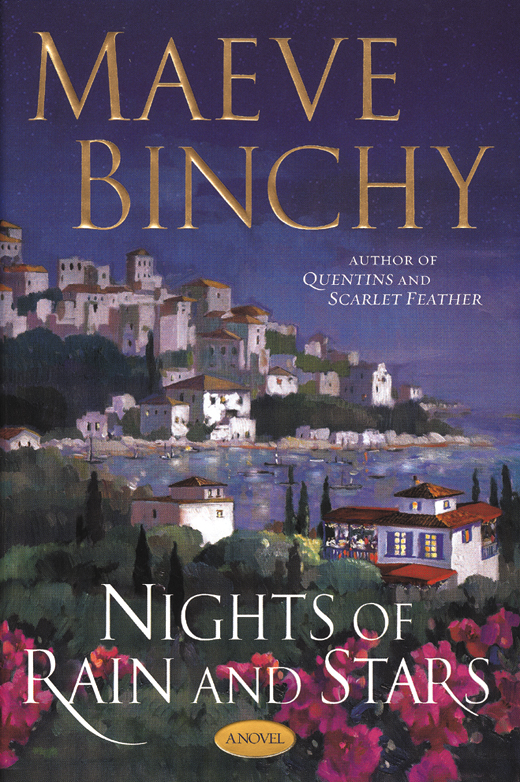
There was a rumor a few years back that the best-selling Irish storyteller Maeve Binchy was going to pack it in and retire. Well, that rumor itself can be retired, because Binchy is back with a new novel entitled Nights of Rain and Stars. Fans of previous Binchy hits such as Circle of Friends, Quentins, and Scarlet Feathers won’t be disappointed.
Nights of Rain and Stars is set in a Greek island village, where a group of international travelers and local residents become bound by tragedy. The book revolves around Andreas, the aging owner of a watering hole who spends his days ruing the emigration of his son, who fled to the U.S. following a bitter argument. Then there is Elsa, a German journalist with both personal and professional secrets. Of course, there is also an Irish character, a nurse named Fiona, who is globetrotting with a lover, who (according to many of her friends and family) is the wrong person for her. Another character from Ireland has also trekked to this island for true love, only to watch things fall apart quickly.
Through these and other characters with long, complicated pasts, Binchy weaves a tale that is propelled by a single awful event. A fire breaks out in the village leaving more than 20 people dead, and forces the Greek locals to tend to the tourists who believed they would uneventfully pass through this resort village. Inevitably, as always in Binchy, bonds are formed, tested, broken, and strengthened.
Sure, if you were never a fan of Maeve Binchy, Nights of Rain and Stars may come across as contrived, or even downright hokey. But clearly Binchy has a certain kind of appeal, and for her millions of fans, Nights of Rain and Stars is yet another page-turning charmer. ($25.95 / 304 pages / Dutton)
FICTION
Every Inch of Her
Peter Sheridan
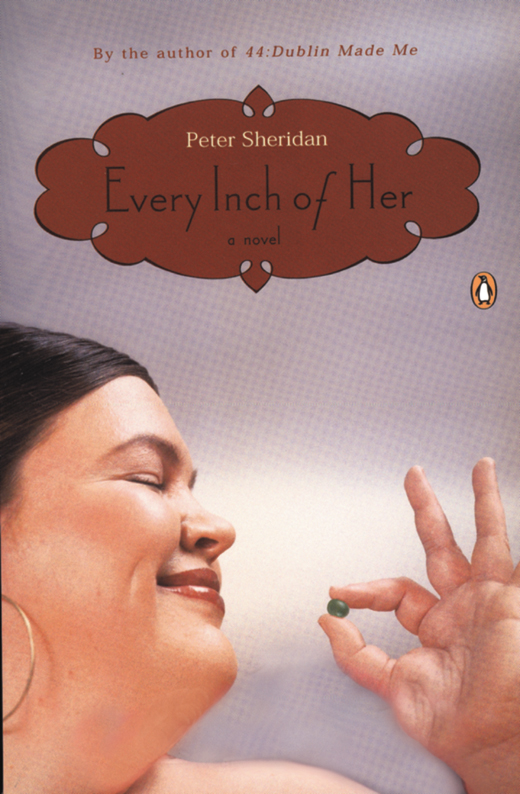
Peter Sheridan has tackled film and theater, as has his famous brother Jim. Now Sheridan, who has written two autobiographical books about growing up in Dublin, has penned his first novel, entitled Every Inch of Her.
Sheridan’s protagonist is a Dublin woman named Philo, a tattooed mother of five with an abusive husband. Despite her many obstacles (alluding to her weight problem, Philo simply calls herself “pleasantly plump”), Philo refuses to become depressed, forcing herself to see some good in the world.
But when things get too rough for even Philo, she seeks refuge in a convent (she lies and says she has no children). Here Philo discovers a different world, one where she is not only safe, but where she can fully indulge her passion for food.
But her new duties eventually come into conflict with the life Philo is running from, forcing her to confront the harsh realities of her life. At times funny, yet also unsparing, Peter Sheridan has proven himself as skilled at writing as he is in theater and film. ($14 / 272 pages / Penguin Books)
The Marriage Bed
Regina McBride
An intriguing woman is also at the center of Regina McBride’s new novel The Marriage Bed, which is set in Dublin around the turn of the 20th century. In the novel, Deirdre O’Breen has fled her native Great Blasket Island after a terrible tragedy involving her parents. Now living in the big city, Deirdre meets a wealthy young man, and their struggles to reconcile their divergent backgrounds is reflected in Dublin’s own straggle to deal with its past as well as face the future. ($23 / 304 pages / Touchstone)
Becoming Finola
Suzanne Strempek Shea
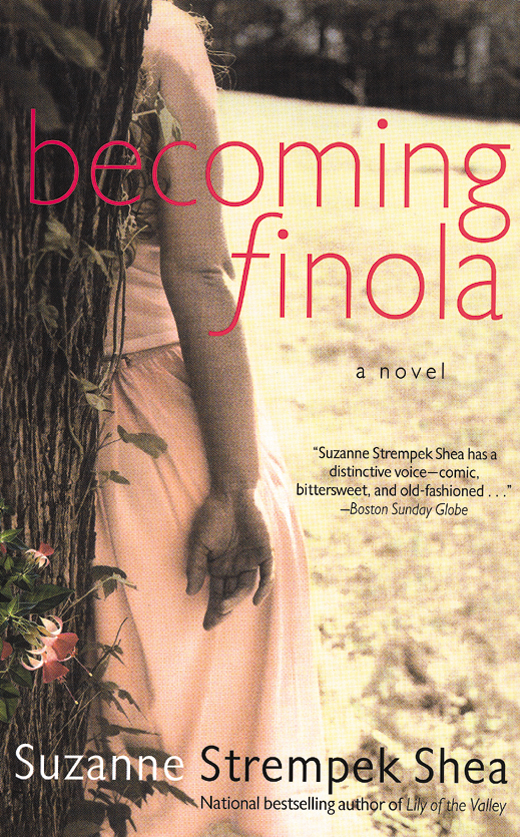
Another new novel about dislocated women is Becoming Finola by Suzanne Strempek Shea. Massachusetts natives Sophie and Gina decide on a whim to move to a remote Irish village. Gina quickly returns home, and Sophie not only stays, but finds herself intrigued by the locals’ recollections of another woman who seemed to disappear on a whim. Her name was Finola and she was a local shopkeeper and dispenser of wisdom. Now – partially against her will, partially not – it seems as if Sophie is, well, becoming Finola. Problems arise, however, when Sophie begins to comprehend the magnitude and demands of her new identity. ($13 / 336 pages / Washington Square Press)
NON FICTION
The Church that Forgot Christ
Jimmy Breslin
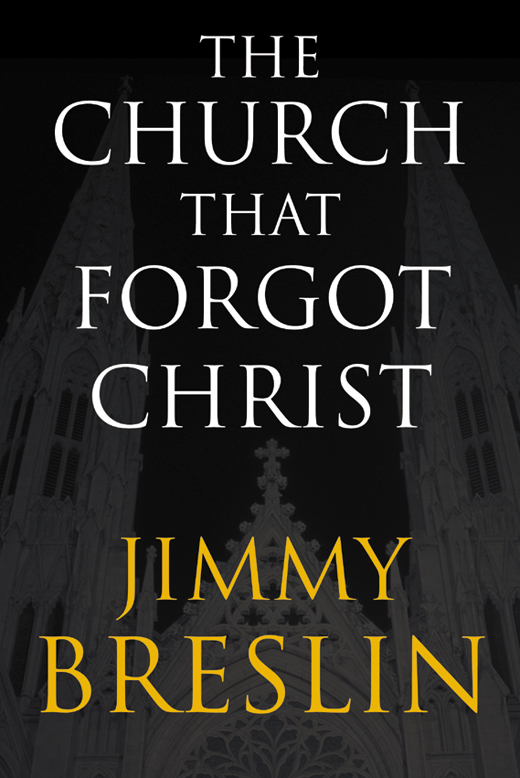
Famed New York Irish journalist Jimmy Breslin’s latest book is the not-so-subtly titled The Church That Forgot Christ. This is an angry look at the church that Breslin grew up loving, but now – he feels – has utterly lost its way. Given that provocative approach, this book clearly is not for everyone. Still, for all the times Breslin seems to be careening out of control with his anger, he just as often makes undeniably important arguments. It was the rash of church sex scandals in the U.S. (similar ones emerged in Ireland) that prompted Breslin to lose hope in the institutional church, if not many of the central tenets of the faith.
But The Church That Forgot Christ is not a mere screed. Breslin talks to many victims of sexual abuse, and the portraits he paints of people abused sexually as well as legally are compelling. Breslin also traveled across the U.S. and to Rome to question bishops and clergy members. The results are not exactly objective, but they do add up to a troubling indictment of the church hierarchy.
Along the way, Breslin voices support for married, as well as female, priests, and argues that the church could use “a healthy dose of Christianity.”
Breslin, it should be added, can’t simply be dismissed as a self-hating Catholic (or a lapsed Catholic who might as well convert). None other than Rev. Richard P. McBrien, the Crowley O’Brien Professor of Theology at the University of Notre Dame, has praised Breslin’s book, saying:
“Among the growing number of books occasioned by the tragic sexual-abuse crisis in the Roman Catholic Church, Jimmy Breslin’s surely has a niche all its own…. In the end, Breslin will do more to advance the long-term good of the church than those who walk the well-trodden path of defensiveness and denial.” ($26 / 256 pages / Free Press)
FBI Girl: How I Learned to Crack My Father’s Code
Maura Conlon-McIvor
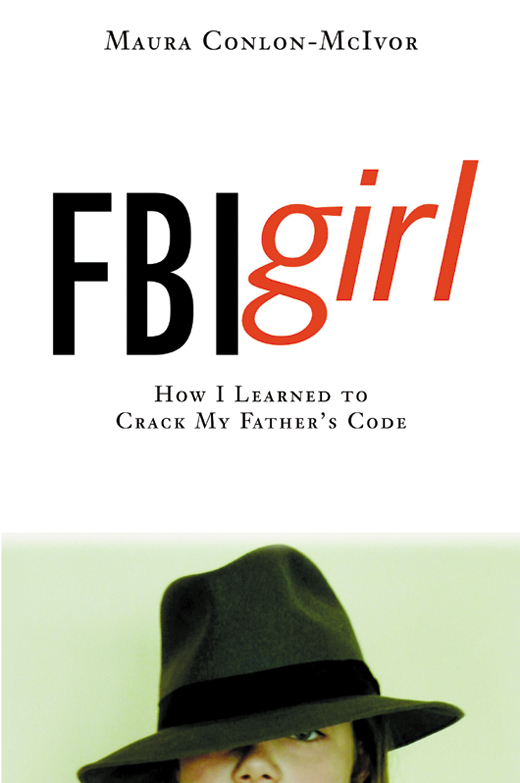
FBI Girl: How I Learned to Crack My Father’s Code by Maura Conlon-Mclvor chronicles the Irish-American author’s relationship with her father, an FBI agent during the J. Edgar Hoover years. Perhaps the author’s greatest discovery along the way, however, is the wisdom imparted by her grandmother, a County Clare native.
Though the Conlons had a large family presence in New York City, the author and her parents ended up living in the suburbs of Los Angeles.
Inspired by a father she sees as, if nothing else, mysterious, the young Conlon-McIvor transformed herself into an “FBI Girl in training.”
A family tragedy, however, makes Conlon-McIvor see that what started out as a girlhood game actually raised very serious questions about the past and family secrets. Perhaps what works best about FBI Girl is that it explores the oft-neglected father-daughter relationship, and does so in a way that should appeal to both male and female readers. ($23 / 320 pages / Warner Books)
I Heard You Paint Houses: Frank “the Irishman” Sheeran and the Inside Story of the Mafia, the Teamsters and the Last Ride of Jimmy Hoffa
Charles Brandt
Irish gangsters have been enjoying a renaissance of sorts. First, there is the provocative story of Frank “the Irishman” Sheeran, a highly decorated World War II infantryman who later – if his story is to be believed – pulled off not one but two of the most famous gangland hits ever.
Sheeran is the subject of a new book by Charles Brandt called I Heard You Paint Houses: Frank `the Irishman’ Sheeran and the Inside Story of the Mafia, the Teamsters and the Last Ride of Jimmy Hoffa ($25 / 352 pages / Steerforth). As this unwieldy title suggests, it was Sheeran who killed Jimmy Hoffa.
He is also believed to be the man behind the gun that killed Crazy Joe Gallo at Umberto’s Clam House in Little Italy. Sheeran was a tough kid who worked his way up to becoming a hustler, then a hit man for Pennsylvania crime boss Russell Bufalino. Eventually, Sheeran was among a handful of non-Italians on the FBI’s list of most wanted mobsters.
With his day job as a truck driver, Sheeran was appointed head of the Teamsters local in Wilmington, Delaware by a good friend named Jimmy Hoffa.
Though he was a lifelong pal of Hoffa’s, it was Sheeran who was later called upon to silence the labor leader when he began threatening to expose key mob figures.
Sheeran was well-known as a guy who “painted houses.” (Indeed, the book’s title is a gruesome reference to killing a man. The “paint” is the blood that is left on walls and floors after a hit.)
Hoffa disappeared on July 30, 1975, and Sheeran was always a leading suspect. It now appears the question of who killed Hoffa has been answered. But even Sheeran can’t say where Hoffa’s body ended up.
Meanwhile, the man who made gritty tales of Irish gangsters hip in the late 1980s is back with a new book. Henry Hill, whose life story was at the center of the Martin Scorsese film Goodfellas, has a new book called Gangsters and Goodfellas (21.95 / 273 pages / M. Evans). Hill picks up where Wiseguy (the basis for Goodfellas) left off.
Compared to Wiseguy, which chronicled Hill’s rough-and-tumble days growing up in Brooklyn’s Irish-Italian East New York, Hill’s new book (written with Gus Russo) is fairly light reading. But the ex-mobster, who spent time in the witness relocation program, still has an undeniable eye for detail and ear for black humor.
If gangsters are sinners, then firefighters are certainly Irish saints. Two new books by Irish American authors – The Last Men Out: Life on the Edge at Rescue 2 Firehouse by Tom Downey ($25 / 320 pages / Henry Holt) and Bagpipe Brothers: The FDNY Band’s True Story of Tragedy, Mourning, and Recovery by Kerry Sheridan ($24.95 / 247 pages / Rutgers University Press) – offer complex, emotional, and poignant looks at the FDNY in the wake of 9/11.
PHOTOGRAPHY
The Irish Face in America
Jim Smith & Julie McNamara
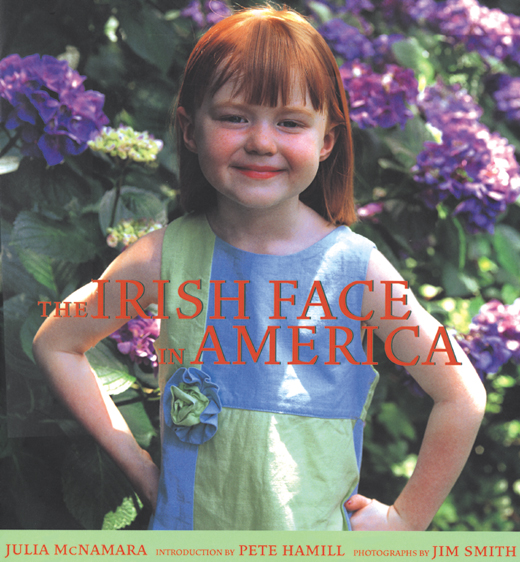
The Irish Face in America by Jim Smith and Julie McNamara uses vivid portraits of famous (Ed Burns, Michael Flatley, Denis Leary) and not-so-famous lrish Americans to explore aspects of the Irish-American character. Special emphasis, as the book’s title suggests, is put on not just the face, but the changing face of Irish Americans. This gives a worthwhile spin to what could have been a fairly standard coffee table book about the Irish experience in America. ($35 / 216 pages / Bulfinch) ♦


Leave a Reply